New U.S. Protections Aim To Save Pangolins, The World’s Most Trafficked Mammal
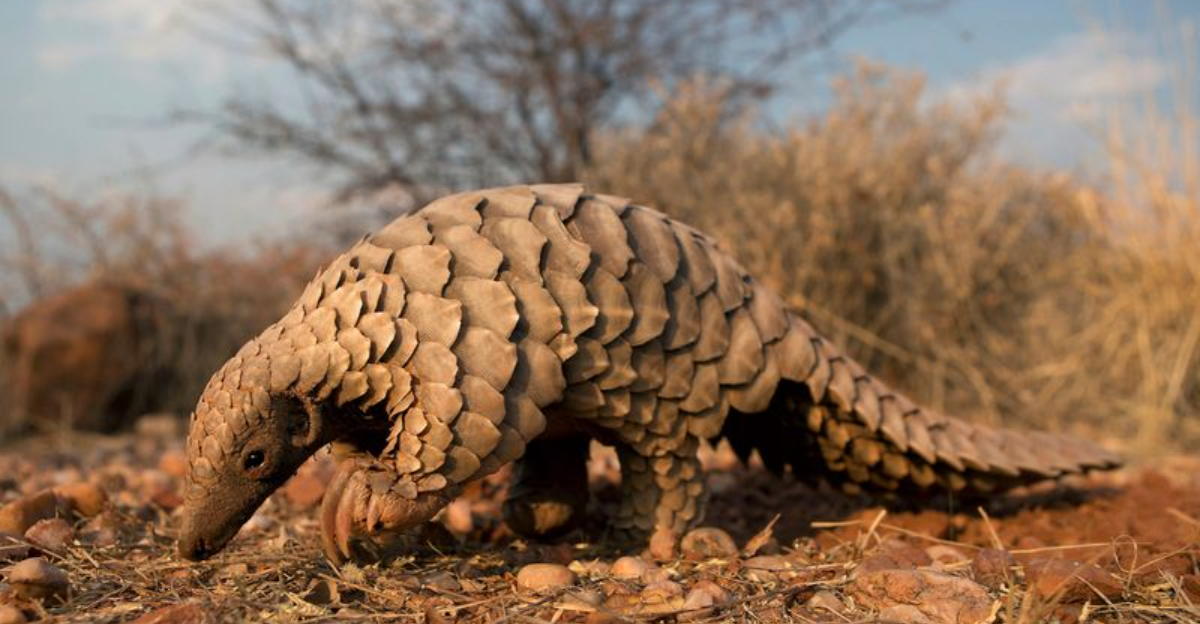
Imagine a pine cone with legs and a super long tongue – that’s a pangolin! These unusual animals are being hunted to the brink of extinction for their scales and meat. Recently, the United States created new rules to help save these unique creatures.
Here’s what you should know about pangolins and how the U.S. is stepping up to protect them.
1. All Eight Pangolin Species Now Listed Under Full Protection

Good news for these scaly critters! Every pangolin species on Earth now has top-level protection in the U.S.
This means all eight types – from the giant pangolin to the tiny Philippine pangolin – receive the strongest safeguards available under American law. No more loopholes or exceptions!
2. Pangolins Face Threats From Illegal Wildlife Trade
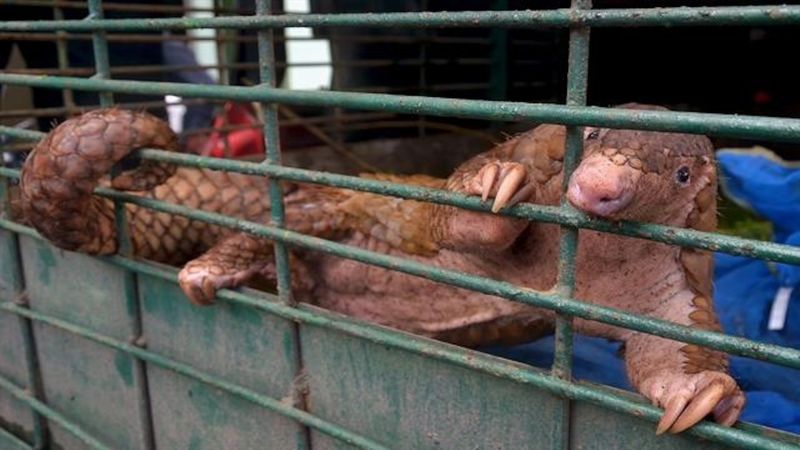
Sadly, these armored mammals are hunted mercilessly. Poachers capture them in the wild, stuff them into crates, and ship them across borders illegally.
Many pangolins don’t survive this journey. Those that do often end up in markets where they’re sold for food or medicine, despite laws against it.
3. U.S. Bans All Commercial Trade Of Pangolin Parts
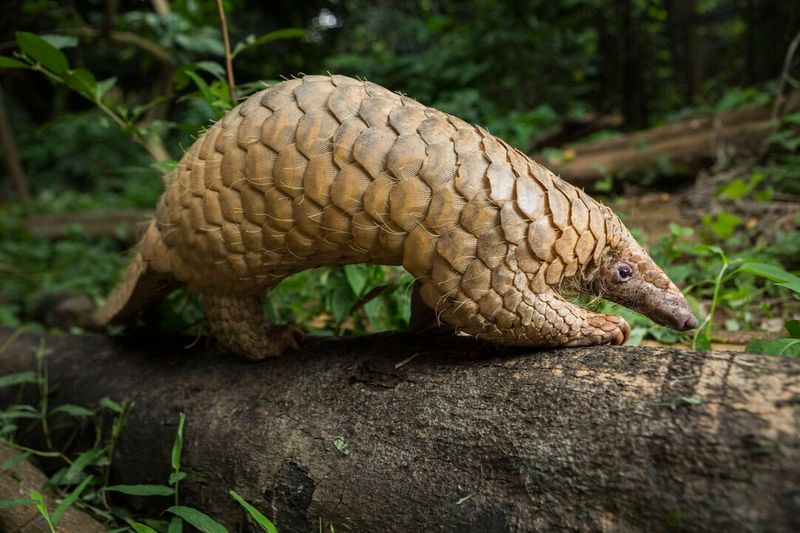
Shopping for pangolin products? Not in America! The new rules slam the door shut on buying or selling anything made from these animals.
No more pangolin leather wallets, no pangolin scale medicines, no pangolin meat – period. Breaking these rules means serious penalties, including hefty fines and possible jail time.
4. Pangolin Scales Are Used In Traditional Medicines
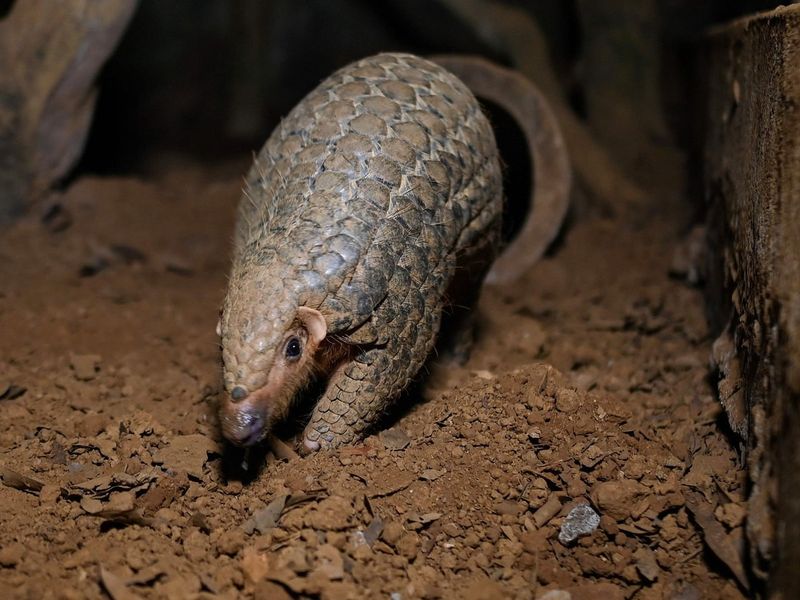
Would you believe some people think pangolin scales can cure diseases? In certain Asian countries, these keratin scales (similar to your fingernails) are ground into powder for medicine.
There’s zero scientific evidence they work. Yet this belief drives a massive black market, with scales fetching up to $3,000 per kilogram!
5. Pangolins Are The Only Mammals With Keratin Scales
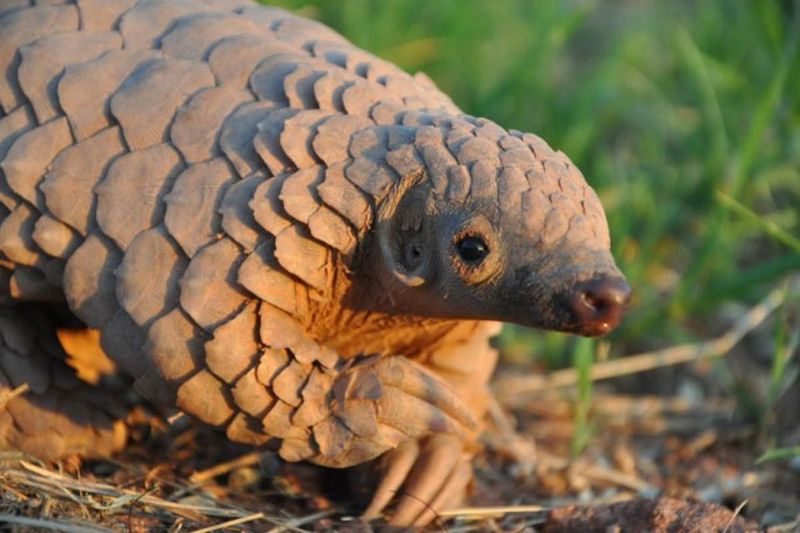
Talk about one-of-a-kind fashion! Pangolins rock the animal kingdom’s most unique outfit – overlapping scales made of keratin (the same stuff as your fingernails).
These scales cover their bodies like armor, protecting them from predators. When threatened, pangolins roll into a tight ball that even lions can’t crack open!
6. International Trade Is A Major Driver Of Pangolin Decline
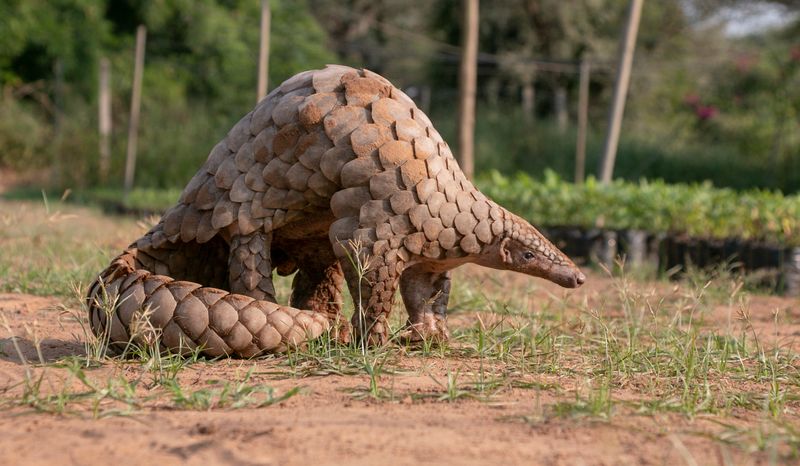
Money talks, and right now it’s saying terrible things for pangolins. The international black market pays big bucks for these animals, making them more valuable to poachers as contraband than as living creatures.
A single pangolin can fetch hundreds or even thousands of dollars. This profit motive has wiped out over 90% of some pangolin populations!
7. Pangolins Are Native To Asia And Africa
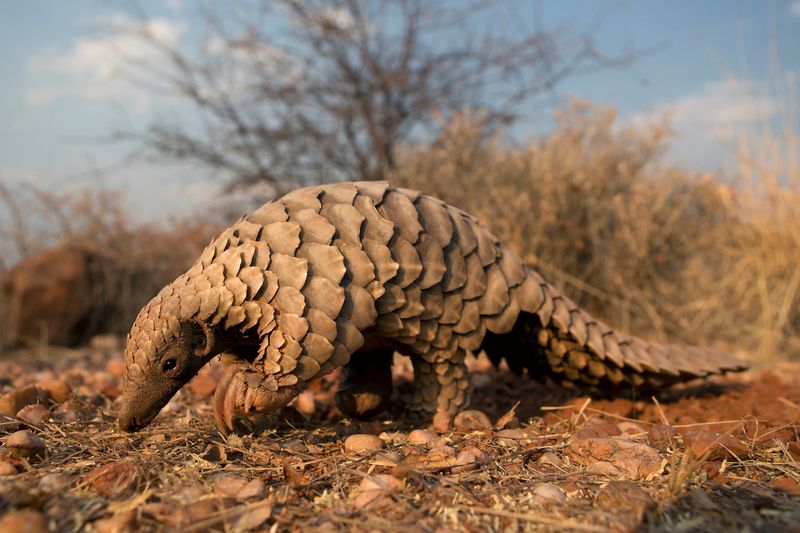
Home sweet home for pangolins spans two continents! Four species live in Africa – hanging out in savannas and forests from Kenya to South Africa.
The other four call Asia home, from India to the Philippines. Each species has adapted perfectly to its local environment, but all share that cool scaled appearance and ant-eating lifestyle.
8. Some Pangolin Species Are Critically Endangered

Red alert! Three pangolin species – the Chinese, Sunda, and Philippine pangolins – are hanging by a thread, classified as critically endangered.
This means they’re just one step away from extinction in the wild. Their populations have crashed by more than 80% in recent decades, making every single animal precious for survival of the species.
9. U.S. Fish And Wildlife Service Tightens Import Rules

Border patrol just got tougher for pangolin smugglers! The U.S. Fish and Wildlife Service now inspects shipments more carefully, looking for hidden pangolin parts.
Special tools help agents identify pangolin materials even when disguised. Anyone caught smuggling faces prosecution under federal wildlife protection laws – no more slaps on the wrist!
10. Pangolins Play A Vital Role In Ecosystem Health

Nature’s pest controllers are on duty! A single pangolin can gobble up 70 million insects yearly, keeping termite and ant populations in check.
Their digging creates soil aeration that helps plants grow. When pangolins disappear, insect populations explode, damaging crops and forests. Their absence creates a domino effect throughout the entire ecosystem.
11. Pangolin Meat Is Considered A Delicacy In Some Regions
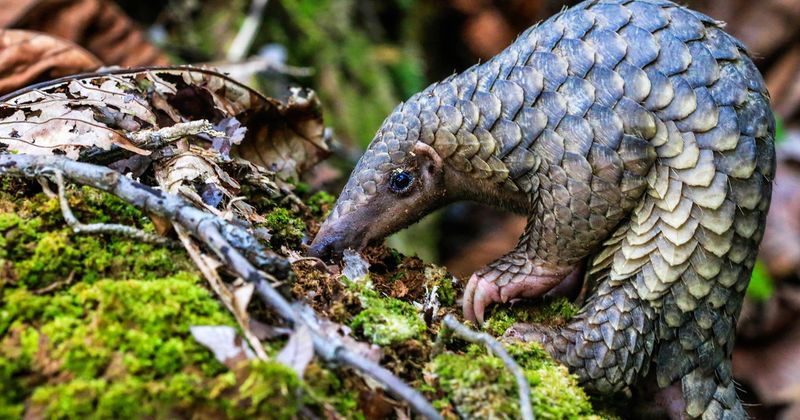
Fancy dinner with a side of extinction? In parts of Asia and Africa, pangolin meat appears on exclusive restaurant menus as a status symbol for the wealthy.
Some believe eating pangolin brings good luck or health benefits. A single pangolin meal can cost hundreds of dollars, driving demand despite the devastating conservation impact.
12. Over One Million Pangolins Trafficked In The Last Decade
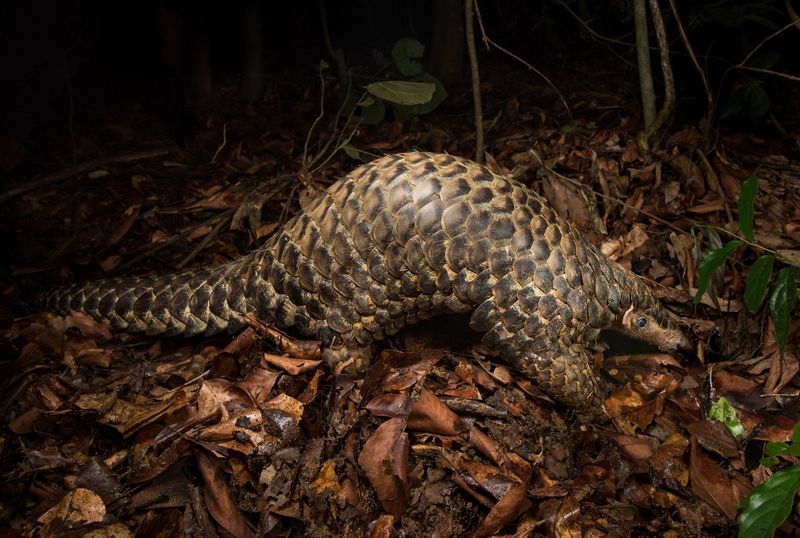
The numbers are shocking! Wildlife experts estimate that over 1,000,000 pangolins have been poached and trafficked since 2010 – that’s more than 274 pangolins every single day!
Most never make it to their destinations alive, dying from stress, dehydration, or starvation during transport. It’s the largest-scale wildlife crime you’ve probably never heard about.
13. New Rules Align With CITES International Protections
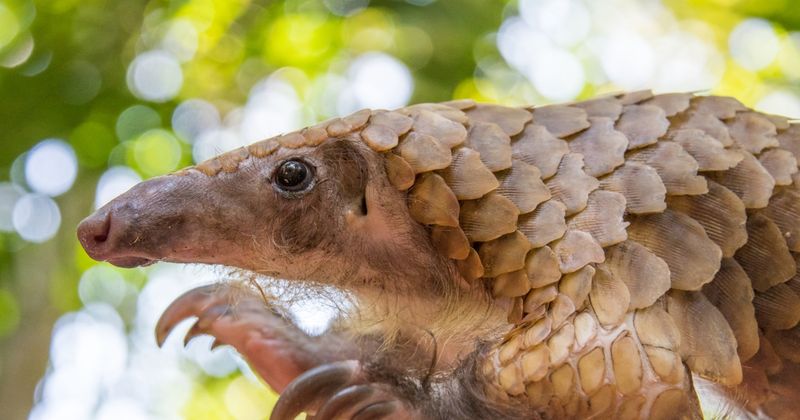
Team effort! The U.S. rules work together with CITES (Convention on International Trade in Endangered Species) – the global wildlife protection agreement.
Since 2017, all pangolin species have received the highest CITES protection level. The new U.S. regulations strengthen this international shield by closing loopholes and increasing enforcement power across borders.
14. Conservationists Applaud U.S. Action As A Major Step

Wildlife defenders are cheering! Organizations like WWF and the Pangolin Specialist Group call these new U.S. protections a game-changer for pangolin survival.
America’s market power and influence on global trade means these rules will ripple worldwide. While challenges remain, many experts see this as a turning point in the fight to save these unique mammals.






